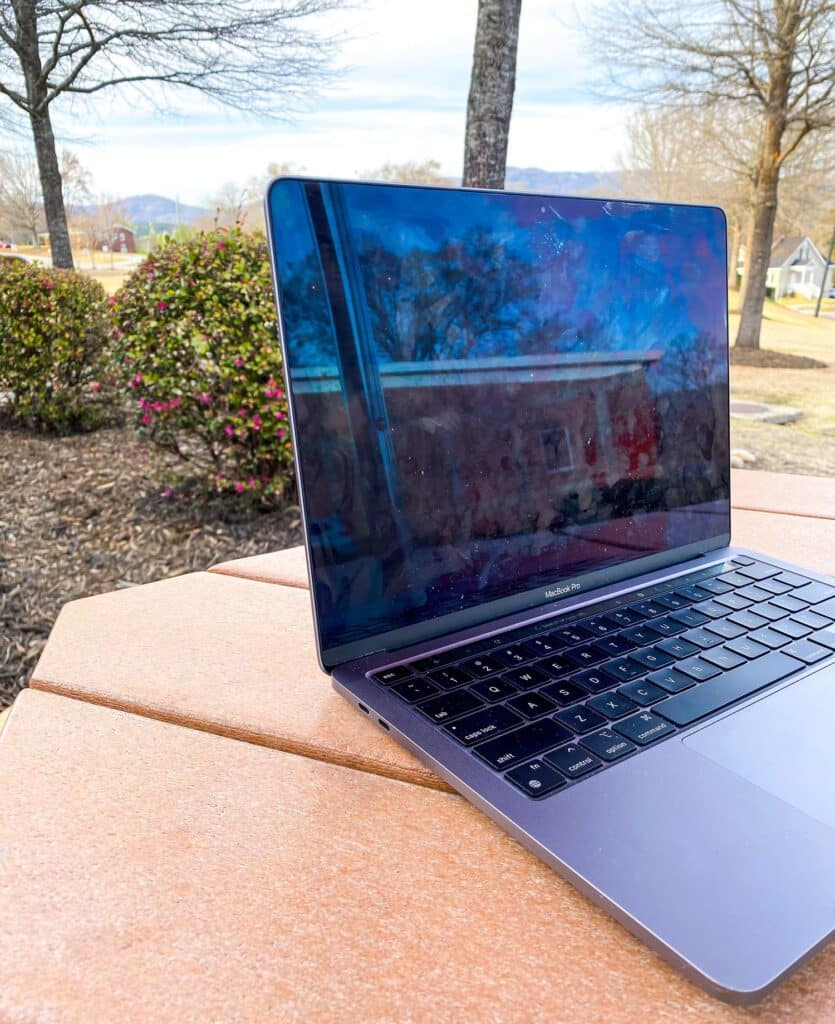
Course Evaluations: what happens to them
Alyssa Waller, Staff Writer
It is about time for course evaluations. Instead of being on the student portal like in the past, course evaluations will be available early April on Blackboard. Students will receive emails and Blackboard popups for their course evaluations, called Student Evaluation of Instruction (SEOI). The only courses that will not have evaluations are music or art lessons, independent study courses and courses with fewer than four students.
Course evaluations can be completed on the student’s phone via email through a link that will be sent out or by logging onto Blackboard. The homepage will have popups of SEOIs and students can defer up to six times to make the popups disappear but after the sixth deferral, students will be required to complete the evaluations to access Blackboard.
The previous platform that North Greenville University used did not allow faculty or staff to have as much flexibility with question format and data reporting. While it is a different platform, the questions will be similar to last year but students can write comments for each question instead of at the end. The faculty will be able to build reports over time with this new platform, which will allow some departments to include a handful of targeted specific questions that the professors would like student feedback on.
Jan Foster, assistant provost for Instruction and Assessment and associate professor of biology, had said, “This platform gives us greater flexibility and we hope students will find it user-friendly as well.”
The change happened because the faculty wanted to increase their capacity to get student feedback in every area across NGU. This new platform allows the faculty to do that with other surveys, not just SEOIs but it also gives them greater flexibility for the SEOIs as well.
Course evaluations are helpful. Most faculty’s student’s comments of what worked well and constructive criticism of what didn’t work in the course is an important source of information to help guide our pedagogical decisions in planning for the next time the class is taught. Faculty members discuss their SEOI results during their annual reviews with their supervisors and take note of changes they have made as a result of comments and whether those changes were well received by the next cohort of students.
The comments are very important to faculty especially when the comments are constructive and helpful. It is important that students tell faculty what they liked the most about the course because the faculty does not know and the faculty could potentially include more of those sorts of things, for example discussions.
If a student has some constructive criticism of what they did not think work, the student can let the professor know what they can do differently next time around to be more favorable. Last semester Foster had done a flipped classroom model that she had tried with her students, one of them felt like they needed some instruction in the form of a short lecture instead of only in the videos before class. Foster said, “The next time I teach the class, I plan to include a five-to-10-minute summary of what I covered in the video at the beginning of class.”
David Entwistle, distinguished professor of psychology said, “If a professor’s teaching technique is useful that is good feedback.”
When Entwistle started teaching, one of the trends he was surprised to find would that students had often put that he did not care how they were doing, which is not the case, Entwistle among other professors care about how students are doing. A way that Entwistle improved the class was making sure that the students do know that he cares. After every exam he tells his students that they can come talk to him.
Joshua Styles, professor of criminal justice and adjunct Christian studies, finds course evaluations to be helpful. Styles takes individual comments and suggestions then incorporates them into future classes. He reflects on the comments both good and bad. He said there was a semester where he had gotten feedback and he incorporated the feedback into the future classes. Styles said, “They are encouraging to read regardless.”
Professors can not tell who sends the good or bad comments that students send, but the professors and staff faithfully read the comments. Styles would encourage students to write one or two sentences even if there has been a good impact. The evaluations don’t take too long and the thoughtful comments are helpful.
